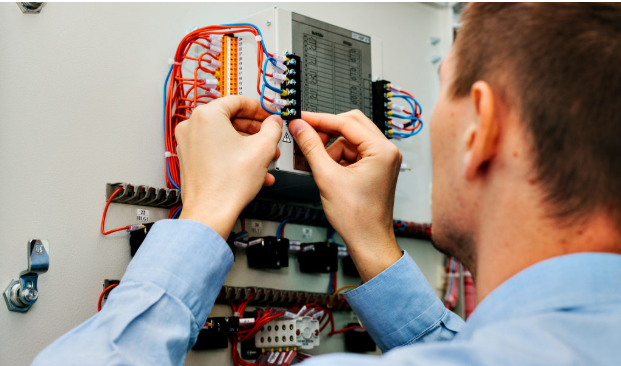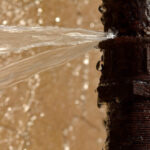As technology continues to advance, so do our expectations. Autofocus (AF) technology has come a long way since its inception, and hybrid AF systems are now leading the charge in the camera industry. With the rise of digital mirrorless cameras, hybrid AF is also becoming increasingly common, and its benefits are undeniable. From improved subject tracking to faster and more accurate focusing in low light conditions, they are changing the game for photographers and videographers alike. In this piece, we’ll take a closer look at hybrid AF technology and explore how it is revolutionising the way we capture the world around us.
Table of Contents
Traditional autofocus systems
Before we dive into the hybrid AF system, it’s worth taking a step back to understand how autofocus systems have traditionally worked in digital cameras. The most common type of AF system is phase detection (PDAF), which works by splitting the incoming light into two separate paths and comparing them to determine whether the image is in focus or not. This system is typically fast and accurate, making it ideal for capturing subjects in motion and tracking them as they move across the frame.
The other type is the contrast AF system, which works by analysing the contrast in the image to determine whether the subject is in focus or not. This system is slower than PDAF, but it is better at keeping stationary subjects in focus and is less expensive than PDAF cameras.
While traditional AF systems are effective in many situations, they do have their limitations. For example, PDAF can struggle in low light conditions, as there is not enough light for the system to accurately detect the phase difference. CDAF, on the other hand, may have difficulty focusing on moving subjects because it is slower and takes longer to analyse contrast differences in the image and determine whether it is in focus or not.
The rise of hybrid AF systems in mirrorless cameras
Hybrid AF systems are now becoming increasingly prevalent within the photography sector, particularly with the rise of digital mirrorless cameras. It makes use of phase-detection AF to quickly get the subject in focus and then uses contrast-detection AF to fine-tune the focus and ensure that the subject is sharp. This combination of speed, precision, and accuracy makes hybrid AF systems an excellent choice for most photographers and enthusiasts looking for a versatile autofocus system.
The exact implementation of hybrid AF systems can vary between manufacturers and camera models, but the basic principle is the same. Some modern digital cameras use a hybrid AF sensor that combines both phase detection and contrast detection into a single sensor, while others use separate sensors for each type of autofocus.
Benefits of hybrid autofocus technology
There are several benefits to owning a mirrorless camera using hybrid AF technology:
- One of the biggest benefits is improved subject tracking. It is faster and more capable of tracking moving subjects and maintaining focus as they move across the frame.
- Another great benefit of hybrid AF systems is better low-light performance. Because the camera uses both phase and contrast detection AF, it is better able to maintain focus in low light situations or when there is less contrast to work with.
- It offers more flexibility when it comes to AF points, as the camera can focus on subjects that are off-centre and provide more creative options for photographers.
- It also provides comprehensive AF convenience. For example, the hybrid AF in the Sony A7III can let you adjust AF tracking sensitivity for subjects that move outside of the focus area. This allows autofocus areas and points to remain the same or change when switching between horizontal and vertical orientations.
The future of autofocus technology
As camera technology continues to advance, we’ll likely continue to see improvements in autofocus technology. Hybrid AF systems are just the beginning, and we can expect to see even more advanced systems emerge in the coming years, especially using artificial intelligence. These advancements in camera technology will have a significant impact on how we approach photography and videography, as well as make it easier for professionals and hobbyists to capture the perfect shot of moving or stationary subjects in any lighting conditions. They will also provide more creative options for photographers, allowing them to explore new techniques and push the boundaries of their craft.
Final words
All in all, hybrid AF systems are the present and future of photography and videography. These systems benefit from the speed of phase-detection AF and the precision of contrast-detection AF to provide a seamless and efficient photographic experience. With the rise of mirrorless cameras on the market, hybrid AF is becoming increasingly prevalent, and it will only get more affordable with time. As camera technology continues to advance, we can expect to see even more advanced AF systems emerge, providing more creative and practical options for photographers and videographers.












